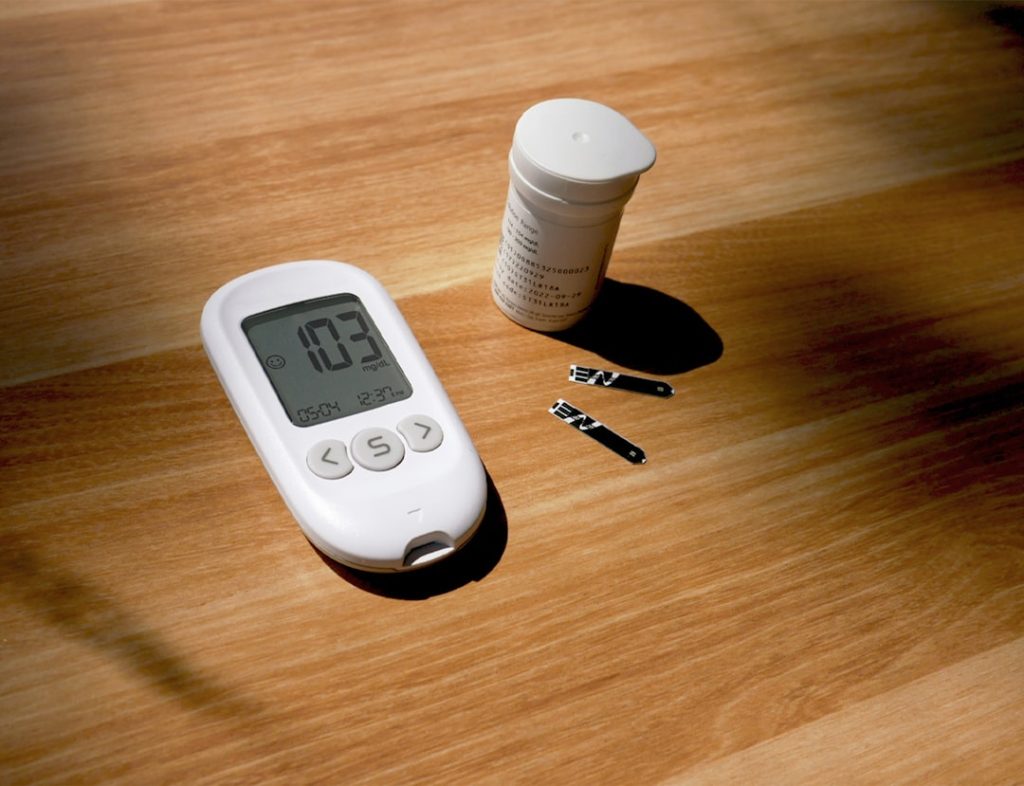Navigating the landscape of diabetes management can be daunting, especially with the myriad of medications available today. The U.S. Food and Drug Administration (FDA) plays a crucial role in ensuring that these medications are safe and effective for public use.
As you may know, diabetes is a chronic condition that affects millions of people worldwide, and the need for effective treatment options has never been more pressing. The FDA’s rigorous approval process is designed to evaluate new drugs, ensuring they meet stringent safety and efficacy standards before they reach the market. Understanding the FDA’s role in approving diabetes medications is essential for anyone managing this condition or supporting someone who does.
The approval process involves multiple phases of clinical trials, where potential medications are tested for their effects on blood sugar levels, side effects, and overall health outcomes. This thorough evaluation helps you make informed decisions about your treatment options, as it provides a level of assurance regarding the medications’ reliability and safety. As new therapies emerge, staying updated on FDA approvals can empower you to engage in meaningful discussions with your healthcare provider about the best strategies for managing diabetes.
New Oral Medications for Type 2 Diabetes
In recent years, the FDA has approved several new oral medications specifically designed to help manage Type 2 diabetes. These medications offer innovative mechanisms of action that can significantly improve glycemic control while also addressing other health concerns associated with diabetes. For instance, some of these new drugs work by enhancing insulin sensitivity or stimulating insulin secretion from the pancreas.
This multifaceted approach can lead to better overall management of blood sugar levels, which is crucial for preventing complications related to diabetes. One notable class of oral medications is the sodium-glucose cotransporter-2 (SGLT2) inhibitors. These drugs help lower blood sugar by preventing glucose reabsorption in the kidneys, leading to increased glucose excretion through urine.
This not only aids in blood sugar control but also has been shown to provide cardiovascular benefits and assist with weight loss—two critical factors for many individuals living with Type 2 diabetes. As you explore these new options, it’s essential to discuss with your healthcare provider how these medications might fit into your overall treatment plan and lifestyle.
Injectable Medications for Type 1 Diabetes

For those managing Type 1 diabetes, injectable medications remain a cornerstone of treatment. Insulin therapy is vital for individuals with this form of diabetes, as their bodies do not produce insulin naturally. The FDA has approved various types of insulin formulations, each designed to meet different needs based on timing and duration of action.
Rapid-acting insulins can be taken just before meals to manage postprandial blood sugar spikes, while long-acting insulins provide a steady release of insulin throughout the day and night. In addition to traditional insulin therapies, newer injectable medications have emerged that can complement insulin use. For example, glucagon-like peptide-1 (GLP-1) receptor agonists are now being prescribed alongside insulin for some patients with Type 1 diabetes.
These medications help regulate appetite and promote weight loss while also improving glycemic control. As you consider your treatment options, it’s important to work closely with your healthcare team to determine the best combination of therapies that align with your lifestyle and health goals.
Updates on Insulin Therapies
Insulin therapy has undergone significant advancements over the years, with the FDA continually approving new formulations and delivery methods that enhance convenience and effectiveness. One of the most exciting developments is the introduction of ultra-rapid-acting insulins, which can start working within minutes of injection. This rapid onset allows for more precise control over blood sugar levels during meals, making it easier for you to manage your diabetes in real-time.
Moreover, insulin delivery systems have also evolved, with innovations such as insulin pens and continuous subcutaneous insulin infusion (CSII) pumps becoming more prevalent. These devices not only simplify the administration of insulin but also allow for more accurate dosing and better adherence to treatment regimens. As you explore these options, consider how they might fit into your daily routine and improve your overall quality of life while managing diabetes.
Emerging Technologies for Diabetes Management
The landscape of diabetes management is rapidly changing thanks to emerging technologies that offer new ways to monitor and control blood sugar levels. Continuous glucose monitoring (CGM) systems have gained popularity in recent years, providing real-time data on glucose levels throughout the day and night. These devices can alert you to highs and lows, allowing for timely interventions that can prevent complications associated with diabetes.
In addition to CGMs, advancements in artificial intelligence (AI) are paving the way for smarter diabetes management solutions. Some systems now utilize algorithms to predict blood sugar fluctuations based on various factors such as food intake, physical activity, and stress levels. This predictive capability can help you make more informed decisions about your diet and medication adjustments, ultimately leading to better glycemic control.
As these technologies continue to evolve, they hold great promise for enhancing your ability to manage diabetes effectively.
FDA-approved Combination Therapies

Combination therapies have become increasingly important in the management of diabetes, particularly for those who may not achieve optimal control with a single medication. The FDA has approved several combination therapies that pair different classes of drugs to target multiple pathways involved in glucose regulation. This approach can lead to improved outcomes by addressing various aspects of diabetes simultaneously.
For instance, some combination therapies include an SGLT2 inhibitor paired with a GLP-1 receptor agonist. This dual-action approach not only helps lower blood sugar levels but also offers additional benefits such as weight loss and cardiovascular protection. As you consider your treatment options, discussing combination therapies with your healthcare provider may open up new avenues for achieving better control over your diabetes while minimizing side effects.
Potential Side Effects and Safety Considerations
While many diabetes medications have proven effective in managing blood sugar levels, it’s essential to be aware of potential side effects and safety considerations associated with these treatments. Each medication comes with its own set of risks, which can vary based on individual health profiles and other factors such as age or existing medical conditions. Common side effects may include gastrointestinal issues, weight gain or loss, and hypoglycemia—especially when using insulin or certain oral medications.
Before starting any new medication, it’s crucial to have an open dialogue with your healthcare provider about potential side effects and how they may impact your daily life. They can help you weigh the benefits against the risks and determine the most appropriate treatment plan tailored to your needs. Additionally, regular monitoring and follow-up appointments can help identify any adverse effects early on, allowing for timely adjustments to your regimen.
Future Outlook for Diabetes Medications
The future of diabetes medications looks promising as research continues to advance our understanding of this complex disease. Ongoing studies are exploring novel drug classes that target different mechanisms involved in glucose metabolism and insulin regulation. For instance, researchers are investigating compounds that may enhance beta-cell function or improve insulin sensitivity without causing weight gain—a common concern among many individuals with Type 2 diabetes.
Moreover, as technology continues to evolve, we can expect more integrated solutions that combine medication management with digital health tools. The potential for personalized medicine—tailoring treatments based on genetic profiles or individual responses—could revolutionize how diabetes is managed in the coming years. As you stay informed about these developments, consider how they might impact your own journey with diabetes management and empower you to take charge of your health in new ways.
